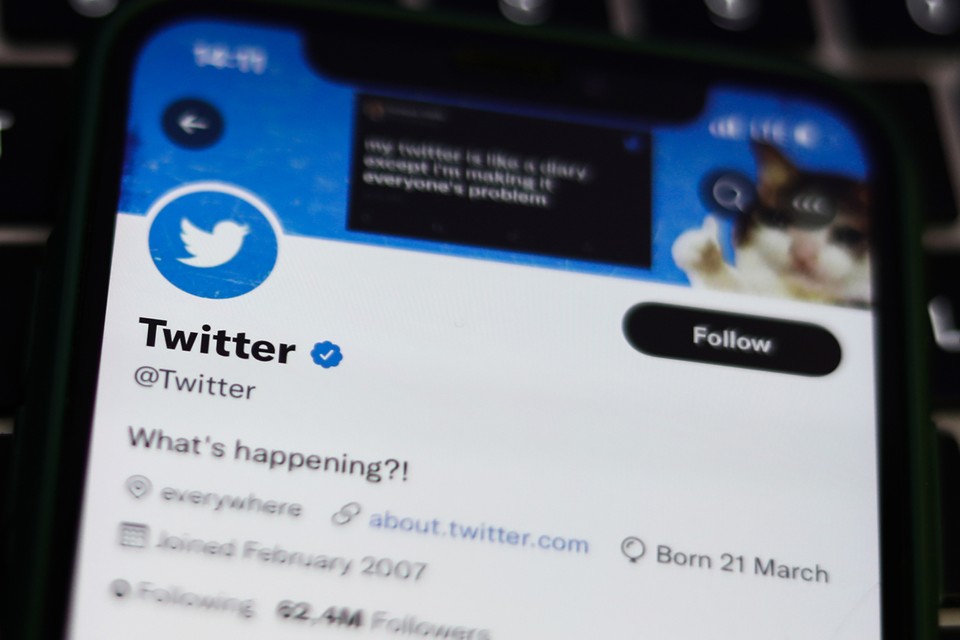Twitter has had a busy few months, with a lot of changes happening in a short period of time.
Among the changes has been a redesign of how checkmarks and account labels are used, and if your head is spinning while scrolling through your Twitter timeline, we’re here to carefully and calmly explain what each badge and icon means… at least until the next redesign.
- Checkmark in blue (new)
Twitter recently changed the behaviour of blue checkmarks. They now indicate that an account is paying $8 per month for the additional Twitter Blue features, that the account is complete (with a display name and photo) and currently active (posting in the last 30 days), and that a registered phone number is attached to the account.
That’s all there is to it: it doesn’t necessarily imply that the account is notable or trustworthy, so evaluate the tweets it sends accordingly.
- Checkmark in blue (old)
A blue checkmark used to mean an account was active, notable, and authentic—it meant a user was who they said they were, and important enough to require their identity to be verified, rather than just being someone with $8 a month spare.
These checkmarks are still present, though it is unclear how long they will be: When you click or tap on an old blue checkmark, you’ll get a message saying it’s a “legacy verified account” that “may or may not” be noteworthy.
- The gold checkmark
The old blue checkmarks were also used to validate business accounts; now, these accounts receive a gold checkmark as well as a square profile picture.
Twitter describes the label as indicating “an official business account,” and a $8-per-month subscription to Twitter Blue is required (in this case, the business version). The idea is that you’ll know when you’re tweeting at the correct company.
- The grey checkmark
Government institutions and officials, as well as multilateral organisations, now receive a grey checkmark; previously, they were covered by the old blue checkmark scheme. As far as we can tell, no money is exchanged, so this isn’t a Twitter Blue badge.
Twitter provides examples of this type of account, such as crisis response, law enforcement, embassies, elected officials, and official spokespeople.
Labels that are officially sanctioned
Official labels—the word “official” and the outline of a small grey checkmark—are given to “commercial companies including business partners, major brands, media outlets, and publishers,” according to Twitter’s own documentation at the time of writing.
However, based on what we’re seeing from Twitter, these labels appear to have been dropped, with either gold or grey checkmarks indicating these types of accounts instead.
Labels that are generated automatically
This label is currently described as being in testing, so it may not be available indefinitely, but it is intended to assist you in identifying bots on the platform.
To read our blog on “Twitter may begin selling usernames in order to generate revenue,” click here
